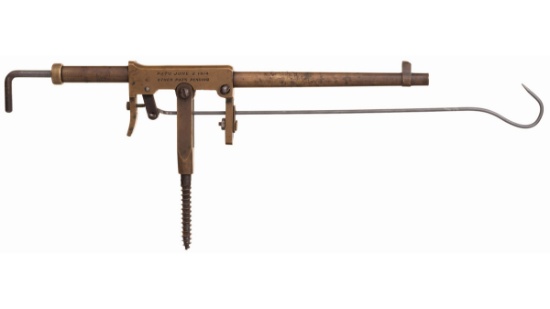@Maxwell
Generally, I have no problem firing 100+ year old firearms within their limitations.
This particular one is more complicated. As a 1906 production Rock Island, it falls well into the "Low Serial Number" batch of M1903 rifles. These rifles were/are famous for receivers bursting and bolts shattering lugs at a high rate (dozens of documented instances). This tendency is attributed to the 'old school' way they were heat-treated prior to ~1918, which involved expert craftsmen eyeballing the process and relying on their judgement.
No one really had any problems with it, or noticed into circa 1917-1918 when a couple intersecting problems magnified it- wartime production increased throughput with less attention applied to each gun, and more sub contractors were making ammunition, resulting in a lower average ammunition quality.
When the Ordnance Dept went back and applied pyrometers and 'science', they figured out the old eyeballing process resulted in heat treat temps of +/- 300F. Some receivers were just too hard, and brittle, as a result.
These receivers will generally hold if used properly, but will often shatter if: subjected to chamber pressures in excess of 70 000 PSI, a case head fails, or the receiver is stuck laterally with something hard. I suppose they could also crack when being rebarreled, although this seems to be more of a problem with M1917 rifles.
Back to the pictured gun, I'd probably be OK shooting it, but certainly would not push anything harder than M2 ball spec. That receiver has survived two rebarrels without cracking- first when the barrel was pulled and re-chambered to -06 spec, then again when it was re-barreled prior to WW1. Additionally, it has a later (1919) bolt that would have the proper treat and therefore not shear lugs.









